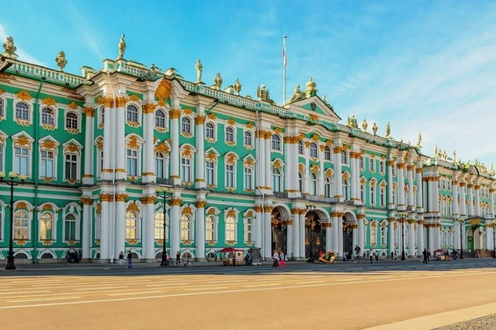For nearly ten years, the Hermitage has been collaborating with the World Society for the Study, Preservation, and Popularization of Uzbekistan's Cultural Heritage (WOSCU). Two volumes from the series «Cultural Heritage of Uzbekistan in World Collections» dedicated to the Hermitage's collection have been published, with a third volume in preparation. Pavel Lurie, head of the Central Asia sector of the Hermitage's Oriental Department, shared insights on this fruitful cooperation at the VIII International WOSCU Congress.
The Hermitage's collection of Central Asian artifacts is extensive and has been formed over many years. The first materials related to Central Asia appeared in the museum as part of Peter the Great's Siberian collection. Later, the collections were enriched by diplomatic gifts from the rulers of Bukhara, Khiva, and Kokand.
After the Russian Empire's conquest of Central Asia, archaeological and collecting activities intensified. Notable among the early archaeologists was Nikolai Ivanovich Veselovsky, who excavated both Muslim and pre-Islamic antiquities.
Following the 1917 revolution, museum reforms led to the nationalization of private collections. In 1921, the Oriental Department was established at the Hermitage under the leadership of Joseph Orbeli. Systematic study of Central Asian archaeology began during this period.
The Hermitage's collection significantly expanded after World War II with findings from expeditions to Central Asia, including monuments from the Khorezm archaeological and ethnographic expedition and Vasily Shishkin's excavations in Varakhsha
In 2010, the Hermitage opened a permanent exhibition «Central Asia in Antiquity and Early Middle Ages,» occupying eleven halls on the first floor of the Winter Palace.
In 2015, the Uzbekistan Cultural Heritage Foundation proposed publishing an album dedicated to artifacts related to the republic. This led to the decision to publish three volumes of albums: the first on the pre-Islamic period, the second on the flourishing of Islamic culture from the Abbasids to the Timurids, and the third on the emirate and relatively recent ethnographic times.
The Hermitage also participates in additional projects related to Central Asian history, such as the recently published volume «Sogdiana — Heart of the Silk Road."
Currently, materials from Toprak-kala in Karakalpakstan are undergoing conservation and restoration in the Hermitage's laboratory. Lurie suggests that WOSCU might be interested in participating in the publication of a scientific catalog upon completion of the restoration.
The World Society for the Study, Preservation, and Popularization of Uzbekistan's Cultural Heritage (WOSCU) was founded in 2018 on the initiative of over 300 orientalists worldwide. It now unites more than 450 scientists and is involved in publishing book-albums and organizing cultural events.
-
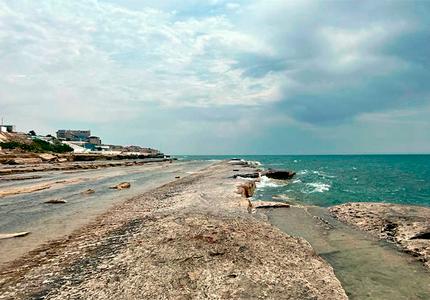 30 September30.09When Sea Becomes Fact of the PastWhy Tokayev Is Concerned About the Health of the World’s Largest Enclosed Body of Water
30 September30.09When Sea Becomes Fact of the PastWhy Tokayev Is Concerned About the Health of the World’s Largest Enclosed Body of Water -
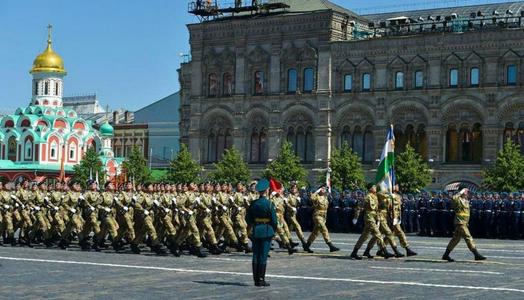 25 June25.06VideoAn Uzbek firstTashkent sends troops to Russia’s Victory Day Parade for the first time. There they took part alongside their neighbours
25 June25.06VideoAn Uzbek firstTashkent sends troops to Russia’s Victory Day Parade for the first time. There they took part alongside their neighbours -
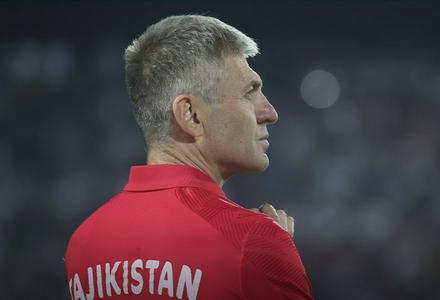 25 September25.09I Am Proud to Have Been Part of the Triumph of the Tajikistan National TeamGela Shekiladze sums up three years in Tajik football
25 September25.09I Am Proud to Have Been Part of the Triumph of the Tajikistan National TeamGela Shekiladze sums up three years in Tajik football -
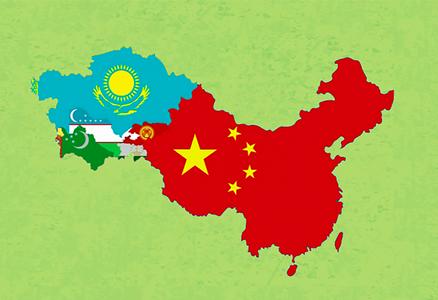 17 September17.09Risky PartnershipWhy Dealing with China Is Harder Than It Seems at First Glance
17 September17.09Risky PartnershipWhy Dealing with China Is Harder Than It Seems at First Glance -
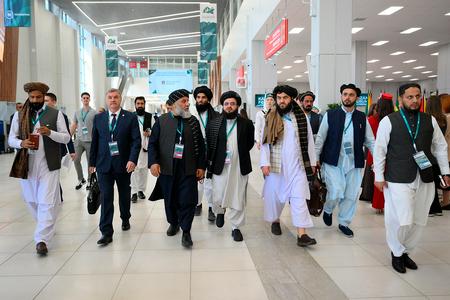 15 August15.08Life Under the TalibanThe radical movement marks four years since coming to power in Afghanistan
15 August15.08Life Under the TalibanThe radical movement marks four years since coming to power in Afghanistan -
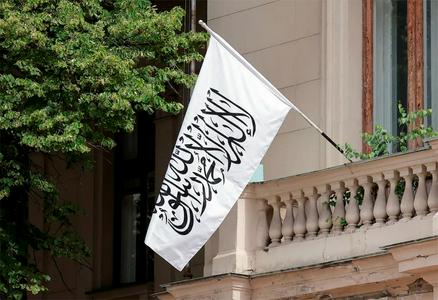 07 July07.07Bearded LordsWhere Does Recognition of the Taliban Lead?
07 July07.07Bearded LordsWhere Does Recognition of the Taliban Lead?
